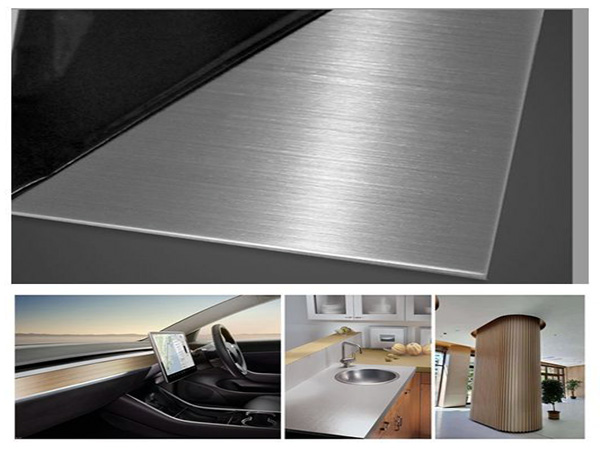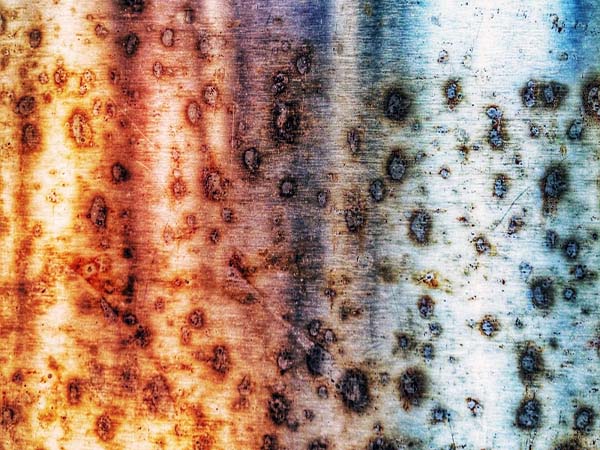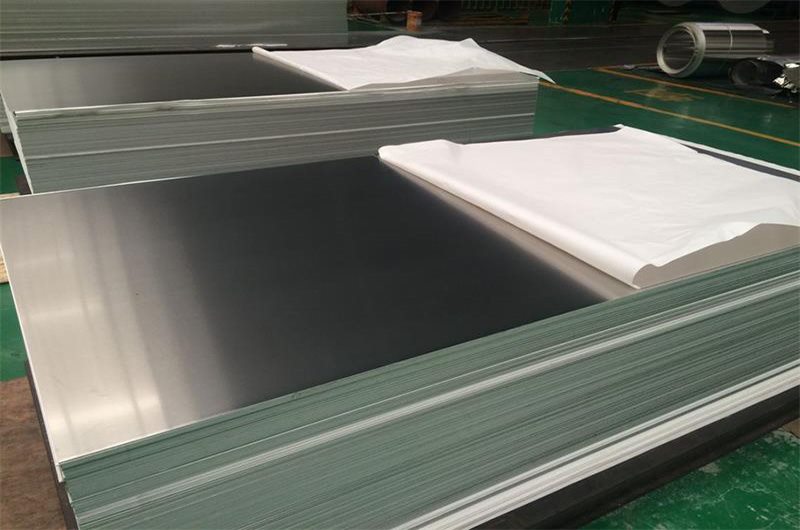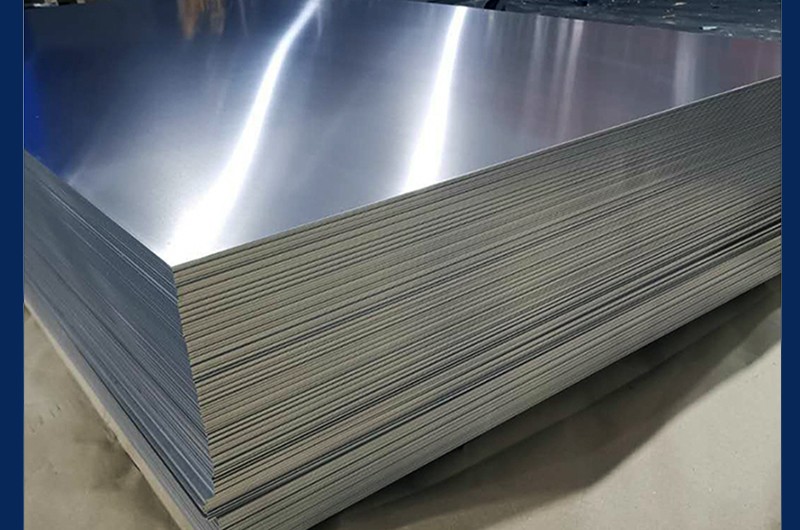- Causes of Spot Corrosion Defects on Anodized Surface of 6063 Aluminum Plate
- Methods to Reduce Spot Corrosion on the Surface of Anodized 6063 Aluminum Plates
- Detailed Analysis of Spot Corrosion on the Surface of Anodized 6063 Aluminum Plate
6063 aluminum plate has good corrosion resistance and decorative properties after anodization.
In recent years, with the development of the national economy and the improvement of people's living standards, the use of aluminum alloy doors, windows, and aluminum alloy curtain walls has become more and more popular. However, after being used for a period of time, many aluminum alloys have various corrosion defects on their surfaces. , among which spot corrosion is more common, which seriously affects the performance and decorative effect of aluminum materials.

Causes of Spot Corrosion Defects on Anodized Surface of 6063 Aluminum Plate
Spot corrosion of 6063 aluminum is caused by the segregation and coarsening of the anodic phase Mg2Si in the aluminum alloy. The main influencing factors are the following three:
- Impurity element Zn in alloy
- Cl-concentration in solution
- pH accelerates spot corrosion
Methods to Reduce Spot Corrosion on the Surface of Anodized 6063 Aluminum Plates
- Properly adjust the mass ratio of magnesium to silicon in the alloy
- It is not advisable to make the silicon content too high
- Reasonably arrange the aging system to prevent the segregation of Mg2Si particles, so as not to affect the corrosion performance of 6063 aluminum.
- Control the trace element Zn in the alloy as well as the Cl- concentration and pH value of the solution during the treatment process to reduce the negative impact of active elements.

Detailed Analysis of Spot Corrosion on the Surface of Anodized 6063 Aluminum Plate
In order to reasonably improve the surface quality of aluminum materials and achieve the purpose of controlling surface spot corrosion, this article takes the spot corrosion that appears on the surface of 6063 aluminum after anodization as an example to analyze the nature, cause and generation mechanism of spot corrosion, and explore the causes of spot corrosion. The key factor.
Analysis of the Essence of Spot Corrosion of 6063 Aluminum
It can be seen from the composition of the 6063 aluminum material used that in order to ensure that the Mg element fully forms the strengthening phase Mg2Si, an appropriate amount of Si element is generally artificially excessive when formulating the alloy composition. Because as the Si content increases, the grains of the alloy become finer and the heat treatment effect is better.
Excess Si has a negative effect, reducing the plasticity of the alloy and deteriorating the corrosion resistance. research shows:
Excess Si can not only form free Si phase, but also form α phase (Al12Fe2Si) and β phase (Al9Fe3Si2) with the matrix.
Due to excess Si, the following particles exist in aluminum alloys:
- Free Si phase
- α phase (Al12Fe2Si)
- Cathode phase particles such as β phase (Al9Fe3Si2)
- Anodic phase Mg2Si particles
- The α phase and β phase have a great influence on the corrosion properties of the alloy, especially the β phase can significantly reduce the corrosion properties of the alloy.
The components of the residue at the spots are mainly free Si phase and AlFeSi phase. It is also found that chlorine element is also adsorbed on the residue, which shows that Cl- is involved in the corrosion process.
The zinc element content in the corrosion zone is much higher than that in the matrix, indicating that the impurity element zinc in the alloy also participates in the corrosion process.
In the anodizing process, the anodic phase Mg2Si is the source of pitting corrosion for the alloy. During anodic oxidation alkali cleaning, Mg2Si particles are preferentially dissolved to form corrosion pits, in which magnesium is dissolved in the solution and silicon remains on the aluminum alloy. When corrosion pits gather on the grains, the color of the grains will become dark.
Silicon is not easily removed during the sulfuric acid neutralization process, so the silicon content at the bottom of the spot corrosion pits is higher than in other areas.

Analysis of the Causes of Spot Corrosion of 6063 Aluminum
The main factors affecting spot corrosion of 6063 aluminum are:
- Alkaline washing temperature during pretreatment
- Alkaline cleaning time
- The content of Zn, Fe, and Si elements in the alloy composition and the extrusion state of the alloy, etc.
Among many factors, the extrusion state plays a key role, which is related to the distribution of Zn, Fe, Si and other elements that have a great impact on corrosion performance, as well as the precipitation location of particles such as compounds between metal bonds.
When the corrosion conditions continue to deteriorate (such as temperature rise, long alkali cleaning time, etc.), the matrix Al continues to dissolve and the corrosion pits develop in a deeper direction, so the surface morphology appears as some corrosion pits with residues and some Corrosion pits without residues constitute the spot corrosion mentioned earlier.
Precautions for Surface Corrosion of 6063 Aluminum
Acceleration Effect of Zn Element
Due to the large potential difference between Zn and Al, the corrosion current in the microbattery is very large, and the cathodic particle Fe and Si-poor areas (basically pure aluminum) dissolve quickly. This corrosion eventually manifests as spot corrosion.
Activation of Cl-
As an external factor, Cl- is very sensitive to pit corrosion and has the effect of inducing and aggravating pit corrosion.
When the Cl- concentration increases, the complexing reaction proceeds to the right, and the active points on the passivation film will be greatly increased, which will be preferentially dissolved during the subsequent alkali cleaning process, resulting in more serious spot corrosion.
The Promotion Effect of PH Value
When the pH value is less than 2 or greater than 4, pitting corrosion rarely occurs. When the grains turn dark in color from gray to black, the pH value in the washing tank plays a certain role in promoting it.
- When the pH of the washing water is >4, the passivation film formed on the surface of the 6063 aluminum material is relatively complete and dense, and the adsorption, activation, and destructive effects of H+ and Cl- are greatly weakened, so there is little or no corrosion of the 6063 aluminum material.
- When the pH is <2, the surface of the 6063 aluminum material is in an active dissolution state, and no passivation film is formed, so there will be no spot corrosion.


